Disclosure: This article contains affiliate links. We may earn a commission from purchases at no extra cost to you, which helps our travel content.
The southernmost city of New Zealand isn't typically the first destination that comes to mind when planning a shopping expedition, yet Invercargill harbors a remarkable collection of retail experiences that tell the story of Southland's cultural identity. As an anthropologist who has spent decades exploring marketplaces across five continents, I've developed a particular fondness for these overlooked commercial landscapes where authentic cultural exchange still thrives. During my recent fieldwork documenting wool-craft traditions across New Zealand, I found myself utterly captivated by Invercargill's unpretentious charm and the genuine connections forged between makers and consumers. This southernmost urban center offers a refreshing alternative to homogenized shopping experiences—a place where each purchase reveals layers of local history, craftsmanship, and community values. Join me for a weekend exploration of Invercargill's retail treasures, where the material culture of Southland awaits your discovery.
The Wool Legacy: Fiber Arts & Heritage Crafts
Southland's identity is inextricably linked to its sheep-farming heritage, and nowhere is this more evident than in Invercargill's wool-focused shopping experiences. My anthropological research has consistently shown how textile traditions serve as repositories of cultural knowledge, and the shops here brilliantly demonstrate this principle.
My first recommendation is The Wool Centre on Tay Street, where the tactile pleasure of handling locally produced merino, Romney, and Perendale wools provides an immediate connection to the region's agricultural foundations. The shop owners can trace each skein back to specific farms, creating a transparent supply chain that conscious consumers will appreciate. During my visit, I spent nearly two hours in conversation with Margaret, a third-generation wool merchant whose family history parallels the evolution of Southland's sheep industry.
For those seeking finished products rather than crafting materials, Seriously Wool offers exquisite hand-knitted garments that exemplify the intersection of traditional techniques and contemporary design. Their collection of baby items particularly showcases the cultural value placed on providing new generations with protective, natural fibers—a practice I've documented across numerous pastoral societies.
When exploring these wool havens, I recommend carrying my trusty collapsible shopping tote. These lightweight bags expand to hold substantial purchases yet fold into a pocket-sized pouch when not needed—perfect for the unpredictable shopping opportunities that arise during cultural exploration.
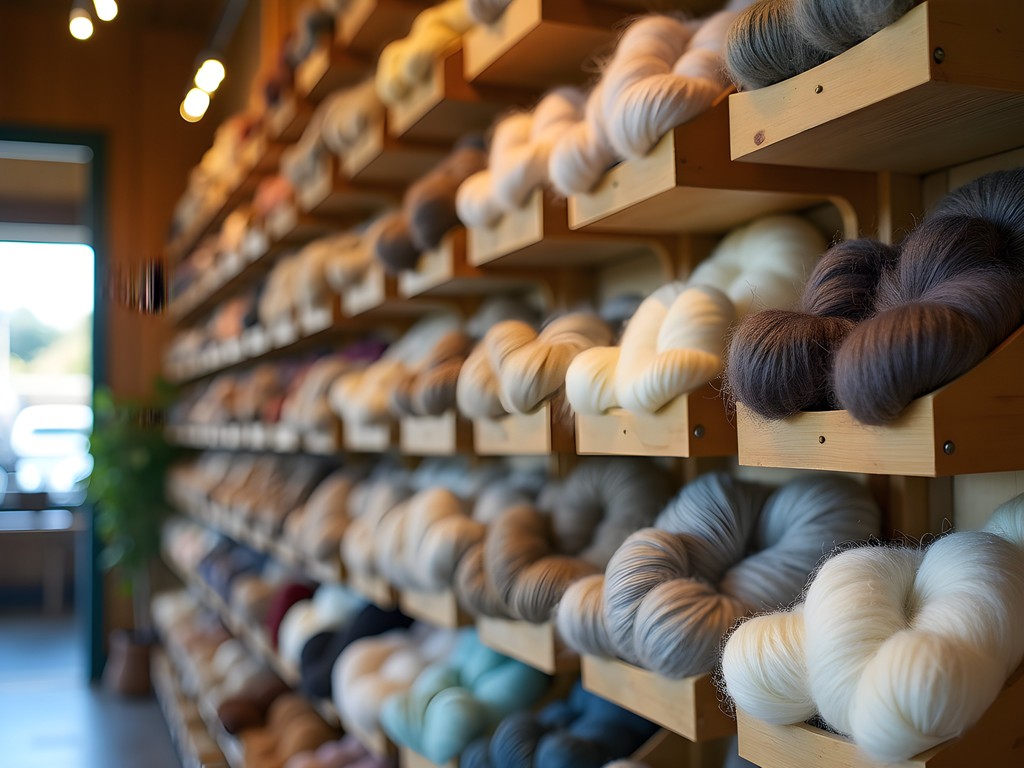
💡 Pro Tips
- Ask shop owners about the specific sheep breeds used in different wool products—each has unique properties and historical significance
- Look for the New Zealand Wool mark to ensure authenticity of locally produced items
- Visit on weekday mornings when shop owners have more time for in-depth conversations about their craft
Māori Artistry: Contemporary Indigenous Crafts
My academic work has always emphasized the importance of indigenous artistic expressions as sites of cultural resilience and innovation. In Invercargill, despite being far from the North Island's larger Māori populations, several remarkable venues showcase contemporary Māori craftsmanship that reflects both traditional knowledge and modern interpretations.
Te Puna Toi Art Gallery in the central city has become my favorite destination for connecting with local Māori artists. The gallery operates on principles of tino rangatiratanga (self-determination) and provides space for artists to share not just their creations but the cultural narratives embedded within them. During my most recent visit, I was particularly moved by a collection of pounamu (greenstone) pendants, each design representing specific whakapapa (genealogy) connections to the land.
For those interested in learning rather than just purchasing, I highly recommend scheduling your visit to coincide with one of the gallery's workshop sessions. I participated in a basic flax weaving demonstration that illuminated the profound ecological knowledge encoded in seemingly simple craft techniques—a perfect example of what anthropologists call traditional ecological knowledge (TEK).
Southland Museum and Art Gallery also maintains a carefully curated gift shop featuring authenticated Māori crafts. Their collection of contemporary prints merging traditional motifs with modern artistic sensibilities makes for meaningful souvenirs that honor rather than appropriate cultural expressions.
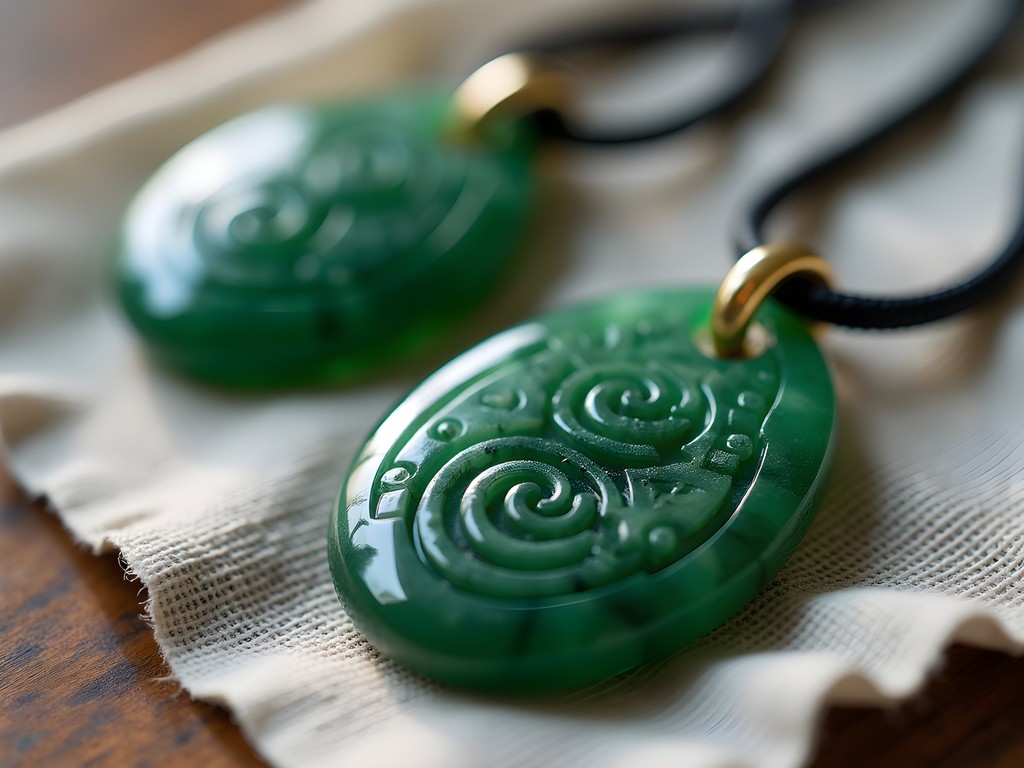
💡 Pro Tips
- Always ask about the artist and cultural significance of Māori items before purchasing
- Look for the Toi Iho mark which authenticates works made by Māori artists
- Schedule at least 90 minutes for gallery visits to allow time for meaningful engagement with the artwork and artists when present
Vintage Treasures: Second-hand and Antique Hunting
As both an anthropologist and a conscious consumer, I've always been drawn to second-hand shopping as a form of material culture archaeology. Invercargill offers particularly rich terrain for this pursuit, with its preserved Edwardian and Victorian architecture matched by the historical objects within its vintage shops.
The Recycle Boutique on Esk Street has become my regular first stop. Unlike curated vintage shops with inflated prices, this community-oriented store offers genuine everyday items from past decades at reasonable prices. On my last visit, I discovered a hand-knitted 1970s Southland wool cardigan that perfectly encapsulates the region's craft heritage—the kind of authentic artifact that tells multiple stories about local production, fashion, and domestic life.
For more deliberate collecting, Antiques and Collectables on Tay Street houses a fascinating array of colonial-era household items. The shop owner, David, possesses encyclopedic knowledge of Southland's material history and can contextualize each piece within the region's development. I spent a delightful afternoon examining early 20th century wool processing tools that perfectly complemented my research on changing textile technologies.
When vintage shopping, I always bring my portable UV flashlight for examining textiles and glassware. This small tool helps identify repairs or replacements in antique items and has saved me from several disappointing purchases over the years.
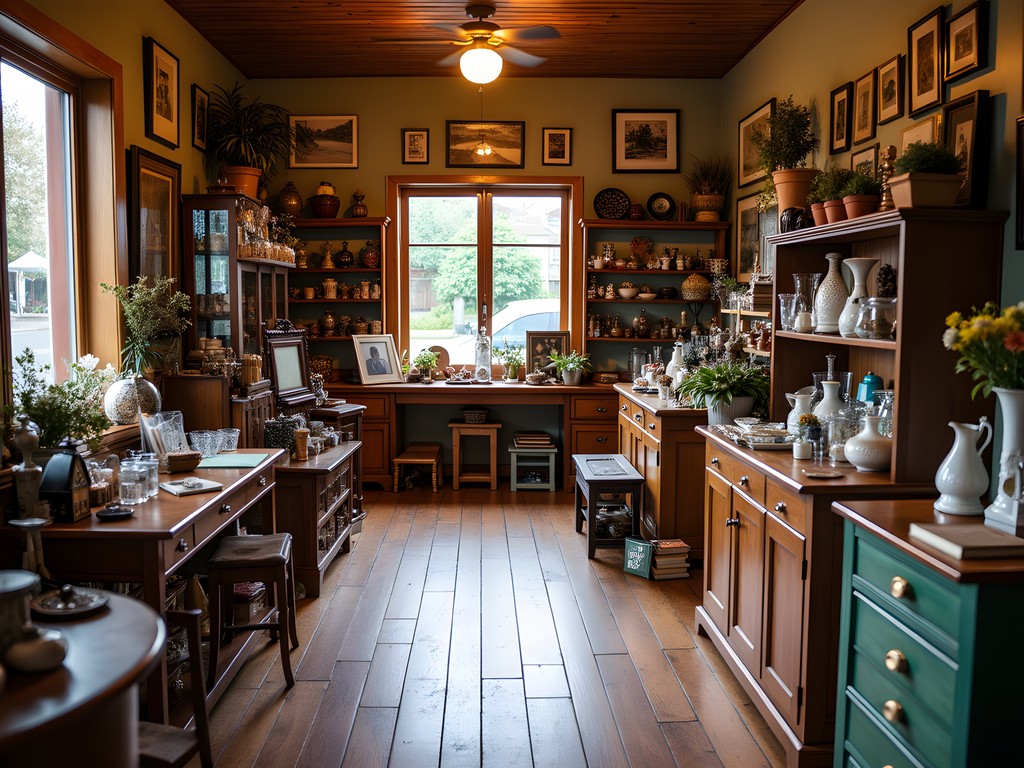
💡 Pro Tips
- Visit on Thursdays when most shops receive new inventory from estate clearances
- Bring cash for negotiating at smaller antique dealers who prefer direct transactions
- Check furniture pieces carefully for the New Zealand native woods like rimu and kauri, which indicate locally-made heritage items
Farmers' Market: Edible Southland
Markets have always been my preferred research sites—dynamic spaces where economic exchange intertwines with social relationships and cultural values. The Invercargill Farmers' Market, held every Sunday morning at the Wachner Place, provides a perfect case study of Southland's contemporary foodways and agricultural pride.
Unlike tourist-oriented markets I've documented in more prominent destinations, Invercargill's market maintains its authentic function as a genuine food source for locals. This creates a more meaningful shopping experience where visitors can engage with the actual food system rather than a performative version created for outside consumption.
The blue cheese from Blue River Dairy particularly exemplifies the region's innovative approach to traditional products. Made from sheep's milk rather than cow's, it represents the adaptation of European techniques to Southland's specific agricultural conditions. The producer's willingness to share their experimental process reminded me of similar conversations with cheese makers in Eastern European mountain communities—the universal language of craft transcending specific cultural contexts.
For preserving market purchases during travel, I rely on my insulated food tote. This practical bag keeps cheeses and other perishables at proper temperature for several hours, allowing me to shop without concern about immediate refrigeration. I've used mine throughout field research in various climates, and it's proven invaluable for transporting food souvenirs.
Don't miss the honey vendors who offer mānuka and kāmahi varieties unique to Southland's floral landscape. These products represent the intersection of indigenous botanical knowledge and contemporary agricultural practices—a perfect example of the biocultural heritage I often document in my research.
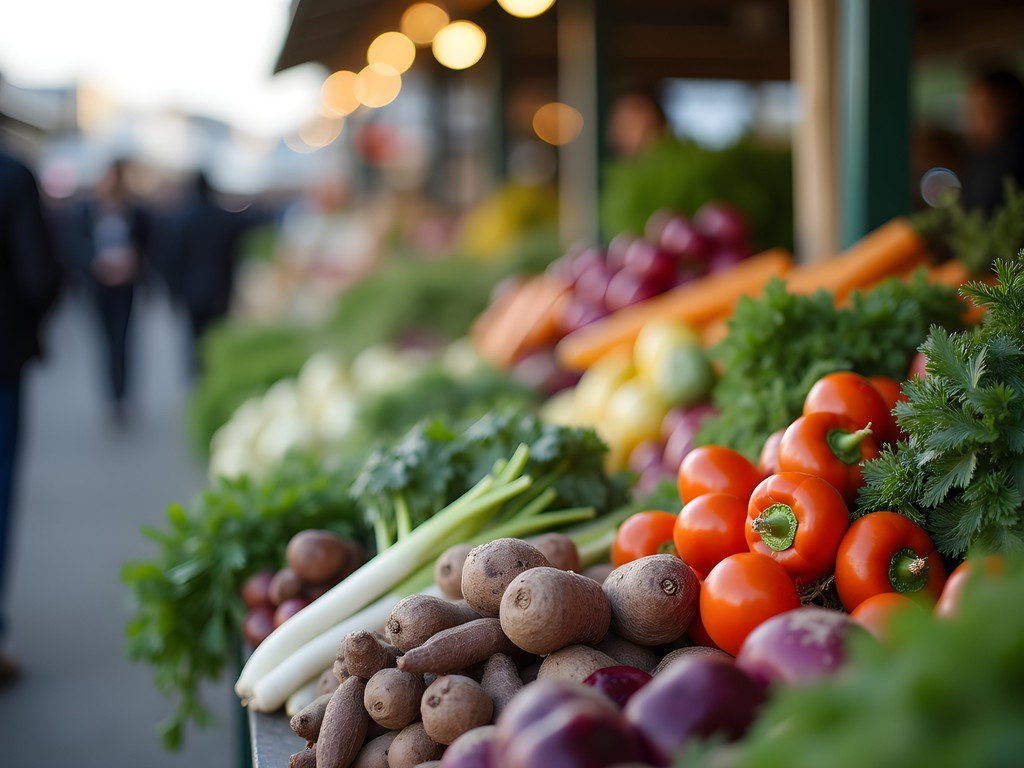
💡 Pro Tips
- Arrive before 9am when local chefs select the best produce, or after 12pm when vendors offer discounts on remaining items
- Bring small denominations of cash as some smaller vendors don't accept cards
- Ask vendors about seasonal specialties unique to Southland that you won't find elsewhere in New Zealand
Quirky Bookshops & Local Literature
In my anthropological practice, I've always maintained that local bookshops serve as crucial archives of regional knowledge and identity. Invercargill's independent bookstores exemplify this function, offering carefully curated collections that illuminate Southland's distinctive character and history.
The Book Stop on Spey Street has become my intellectual sanctuary in Invercargill. Unlike algorithm-driven recommendations online, this shop's selection reflects the thoughtful curation of owners who understand their community's interests and needs. Their dedicated section on Southland history contains obscure local publications I've found nowhere else, including several out-of-print ethnographies of early European-Māori encounters in the region.
For those interested in contemporary New Zealand literature, Quest Bookshop offers an excellent selection of fiction that provides cultural context for your travels. I particularly appreciate their staff recommendations, which have introduced me to several Southland authors whose work explores the psychological impact of living at the edge of the inhabited world—a fascinating study in cultural geography through literary expression.
During my last visit, I discovered a remarkable collection of historical photographs documenting Southland's wool industry development. This visual archive provided invaluable context for my research on changing textile production techniques and their cultural implications.
When book shopping while traveling, I always carry my book sleeve to protect purchases from damage in my luggage. This simple tool has preserved countless literary treasures acquired during my research travels.
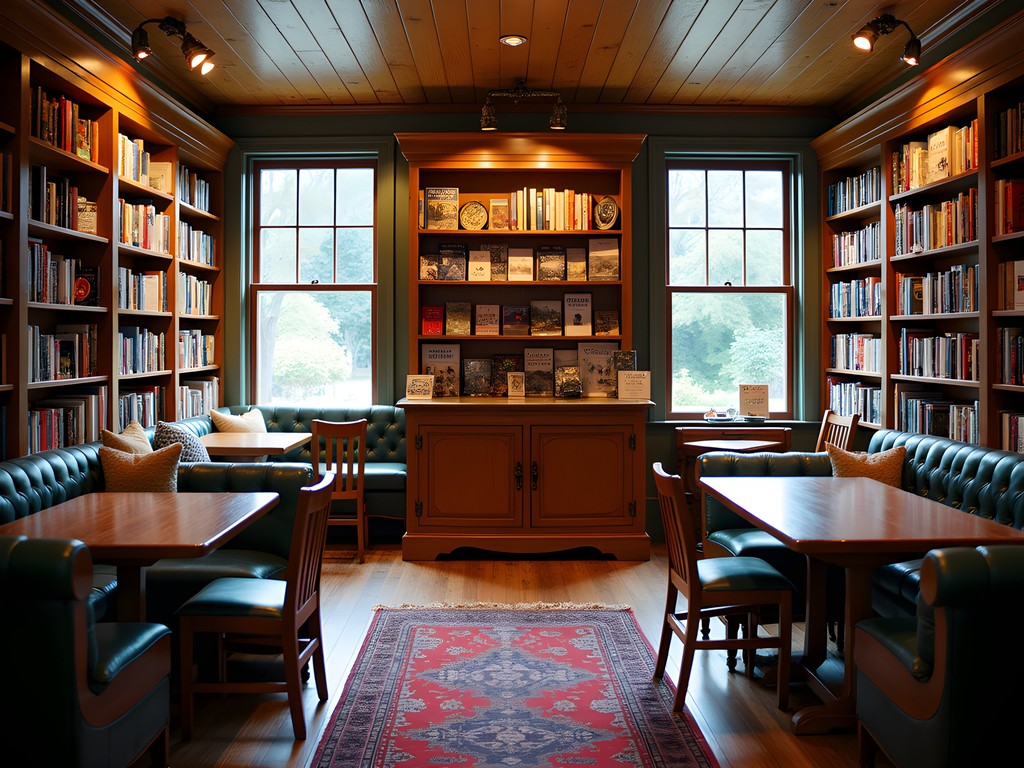
💡 Pro Tips
- Ask booksellers about local authors who might not have national distribution but offer authentic regional perspectives
- Check the community bulletin boards in bookshops for literary events during your stay
- Look for the small local history section usually located toward the back of shops, where the most unique Southland-specific publications are shelved
Final Thoughts
As my research trip through New Zealand's textile traditions concluded in Invercargill, I found myself reluctant to leave this understated southern city. The commercial spaces here aren't merely sites of transaction but repositories of cultural knowledge, where each purchase reveals layers of local history and identity. From wool shops that connect consumers directly to the agricultural landscape to Māori galleries where indigenous artistry thrives, Invercargill offers mindful shoppers an opportunity to acquire not just objects but stories. This weekend exploration barely scratches the surface of Southland's material culture—I'm already planning a return visit to document the seasonal shifts in the farmers' market and delve deeper into the vintage shops' ever-changing inventory. When you visit, approach each store as an anthropologist might: ask questions, listen attentively, and recognize that every object has a biography worth discovering. The treasures of Invercargill await your thoughtful exploration.
✨ Key Takeaways
- Invercargill offers authentic shopping experiences that connect visitors directly to Southland's cultural heritage and local producers
- The wool shops provide insight into New Zealand's agricultural traditions while supporting sustainable fiber arts
- Indigenous Māori crafts available in the city represent both cultural continuity and contemporary artistic innovation
- The Sunday Farmers' Market serves as a genuine community food source rather than a tourist attraction
- Independent bookshops preserve regional knowledge through carefully curated collections of local literature and history
📋 Practical Information
Best Time to Visit
year-round, though winter (June-August) offers the best wool shopping when new season products arrive
Budget Estimate
$300-500 NZD for a weekend of moderate shopping
Recommended Duration
2-3 days
Difficulty Level
Easy

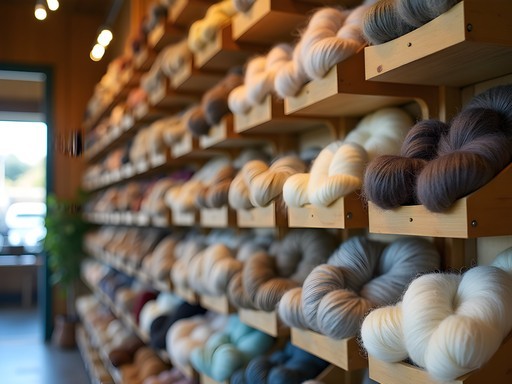
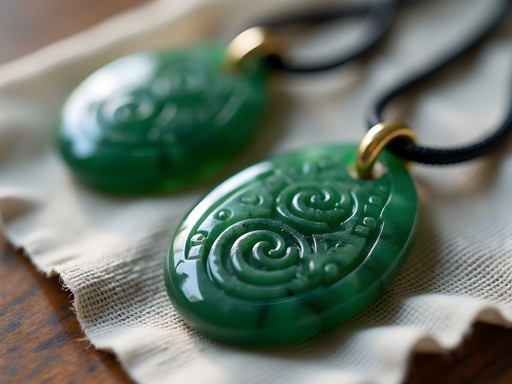
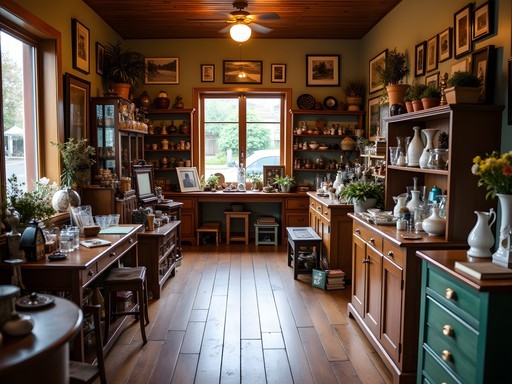
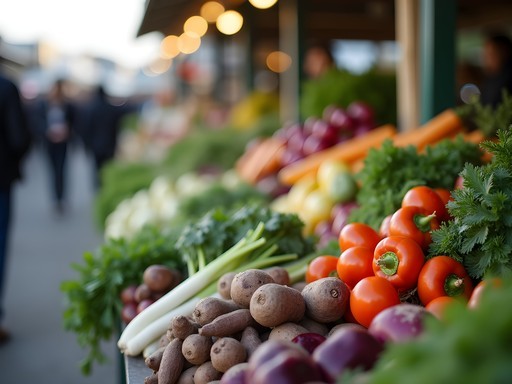
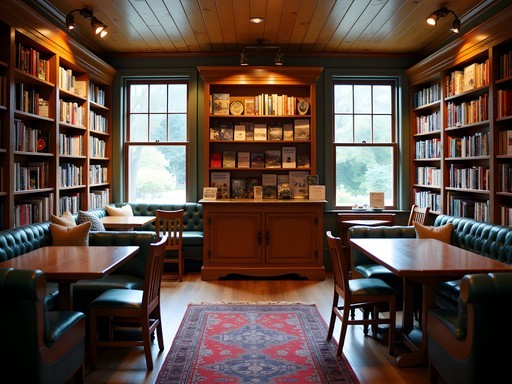


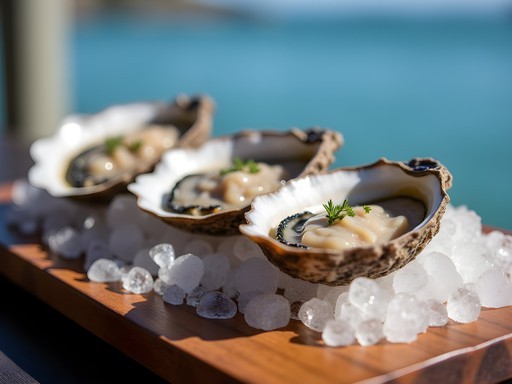
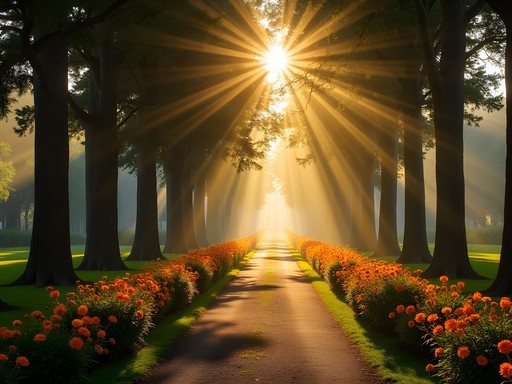



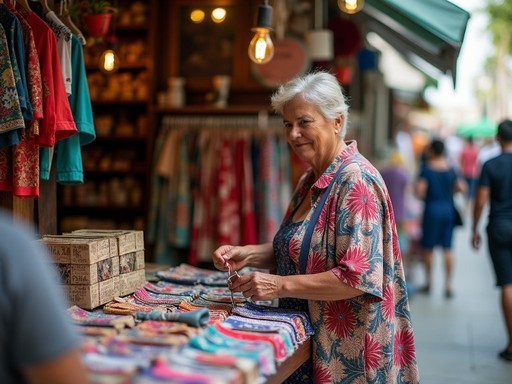
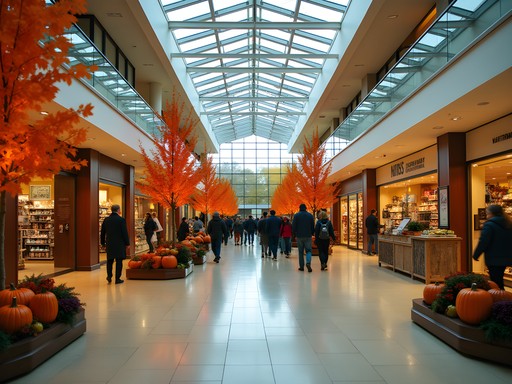

Comments
exploreone
I never thought I'd be excited about Invercargill shopping but your post convinced me to stop there during our South Island road trip last month. The farmers' market was the highlight for me - we bought some incredible cheese and that honey with the blue borage flowers was unlike anything I've tasted before. My husband (who usually hates shopping) even enjoyed the vintage tool store you mentioned and bought some old woodworking thing he hasn't stopped talking about. Thanks for putting this overlooked city on our radar!
Sage Dixon
Just returned from Invercargill last week and I have to add something about the vintage scene there - it's a hidden treasure trove! I stumbled into this unassuming shop called 'Yesterday's World' on a rainy Tuesday and ended up spending three hours digging through their collection. Found an authentic 1950s pounamu pendant that the owner believed belonged to a local politician's wife. I've been hunting vintage Kiwiana for years across both islands, and I've never seen prices this reasonable. If you go, bring your travel backpack because you'll want to bring home more than you planned! The shop on Esk Street (can't remember the name - blue awning) had the best selection of vintage wool blankets I've seen anywhere in NZ.
sunsetmaster
Thanks for the tip about Yesterday's World! Definitely adding it to my list. Did you find any vintage clothing there or just accessories?
Sage Dixon
They had a decent clothing section in the back room - mostly 60s-80s stuff. Some amazing wool coats and a few racks of vintage Swanndri items that were in great condition!
exploreadventurer
Thanks for this guide! I'm planning my first NZ trip and wasn't going to include Invercargill until I read this. Now I've added two extra days there! Quick question - is it easy to get around without a car? I'll be relying on public transport and wondering if these shopping areas are walkable from the city center. Also, I'm looking forward to checking out the wool shops as I'm a knitter. I just got a project bag that I'm hoping to fill with beautiful NZ yarn!
Samantha Hughes
Most of the shops I mentioned are within easy walking distance of the city center! For the farmers' market, there's a bus that runs every 30 minutes on market days. The Wool Centre is definitely worth a visit for a knitter - they have some exclusive colorways dyed with local plants that you won't find elsewhere. Enjoy your trip!
exploreadventurer
That's perfect, thank you so much for the info! Can't wait to see those exclusive colorways.
sunsetmaster
Love this guide! Is the vintage shopping good for clothing too or mostly home goods? Going in March and need to know if I should save luggage space!
moonguy
How are the prices at the farmers' market compared to regular supermarkets? Worth the extra effort?
exploreone
Not OP but I found the farmers' market prices pretty reasonable, especially for the quality. The blue cheese from that local dairy farm was AMAZING and actually cheaper than imported stuff at the grocery stores.
backpackblogger
Any specific recommendations for Māori craft shops that are actually owned by Māori artisans? Want to make sure I'm supporting authentic cultural businesses.
Samantha Hughes
Great question! Definitely check out Toi Māori on Tay Street - it's owned by a local Ngāi Tahu family and they source from indigenous artists throughout the South Island. They can tell you the story behind every piece.
Jean Wells
Your analysis of the wool heritage in Invercargill is spot-on. As someone who has studied textile traditions across the Pacific, I found the southern New Zealand approach to wool processing particularly distinctive. The cold climate creates ideal conditions for producing exceptionally fine merino. During my visit last winter, I observed that many local artisans are successfully blending traditional techniques with contemporary designs, creating products that appeal to international markets while maintaining cultural integrity. The economic impact of this craft revival on small communities shouldn't be underestimated.
sunnyadventurer
I'm planning a trip to NZ in January and might add Invercargill to my itinerary. Is public transportation reliable there or should I rent a car?
moonguy
Not the author but I was there recently. The city center is compact enough to walk, but a car is helpful if you want to explore beyond. The bus system exists but runs limited schedules.
Samantha Hughes
I agree with moonguy. I walked to most shops in the central area, but rented a car for day trips to surrounding areas. If you're just doing shopping in town, you can manage without a car.
travelphotographer
I visited Invercargill last year and was pleasantly surprised by the quality of the wool products. Picked up the most incredible merino scarf from that little shop near the water tower you mentioned. The owner actually showed me how they dye the wool using traditional methods. Definitely worth the trip south just for the craftsmanship!
Samantha Hughes
So glad you had that experience! The dyeing demonstration is something special, isn't it? They've been using those techniques for generations.
travelphotographer
Absolutely! My scarf has held up beautifully too. Quality craftsmanship is worth every penny.
sunnybackpacker
OMG the vintage shops!!! 😍 I scored the CUTEST 1950s brooch at that place you mentioned on Esk Street! Invercargill is seriously underrated!
exploreadventurer
Which shop was it? I'm heading down next month and love vintage jewelry!
sunnybackpacker
It was Vintage Vibe! They have this amazing back room full of jewelry cases that you have to ask to see. Prices were way better than Auckland too!
Venture X
Premium card with 2X miles, $300 travel credit, Priority Pass